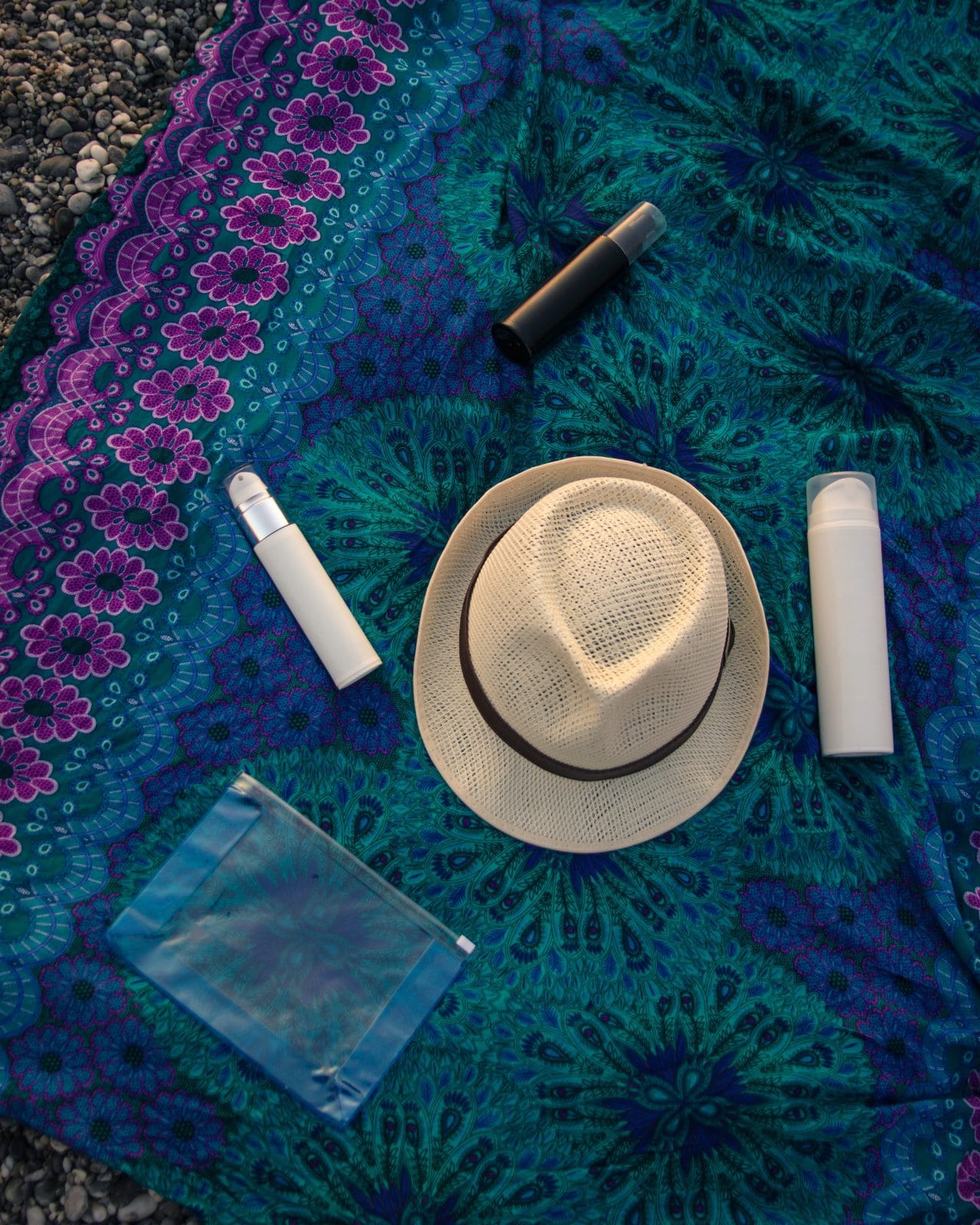Mohs surgery is a surgical technique to treat skin cancer. During the procedure, thin layers of skin containing cancer are removed and examined until only cancer-free tissue remains.
Mohs surgery is an effective treatment for many of the most common types of skin cancer including basal cell carcinoma and squamous cell carcinoma. The cure rate from Mohs surgery is very high–98% for both basal cell and squamous cell carcinomas.
After Mohs surgery, there is physical recovery and an emotional recovery as well. A cancer diagnosis is a frightening thing, even with successful treatment. There will also be a wound left by the procedure where the skin was removed. This can bring up feelings of anxiety and embarrassment about your appearance.
Methods to Heal the Wound

This largely depends on the extent of skin removal, as well as where it was removed from. Your surgeon might decide to:
- Let the wound heal on its own.
- Use stiches to close the wound.
- Use a skin flap, which is healthy skin from a nearby area to cover the wound.
- Use a skin graft from another part of the body to cover the wound.
Recovery from Mohs Surgery
There is likely to be some discomfort after the procedure. Pain can often be managed by over-the-counter medications like acetaminophen. It’s recommended you avoid NSAIDS like aspirin or ibuprofen as they can increase the risk of bleeding.
There will likely be some bruising and swelling around the operated area that should go down within a few days to a week. During recovery avoid activities such as:
- Smoking
- Vigorous physical activity or exercise
- Frequent bending over
Some of your recovery process will depend on the extent of your procedure as well as the method used to treat the wound left by the operation. Make sure to follow the specific advice given to you by your doctor and reach out to them if you have any questions.
Use Sunscreen Frequently and Avoid Sun Exposure
Regular use of sunscreen is always a vital part of a healthy skincare regime, but after Mohs surgery, even more so. Healing skin is more sensitive to the sun and prone to sunburn. More sun exposure is also likely to make your scar darker.
The American Academy of Dermatology Association recommends using a sunscreen that is SPF 30 or higher and reapplying it every two hours. Look for a waterproof version if you decide to go surfing at Scarborough Beach or reapply after being in the water.
Scar Treatments
Mohs surgery will likely leave a scar. Whether or not you wish to treat the scar is entirely up to you, and whatever decision you make is valid. If you do wish to treat the scar there are several options available, including:
- Steroid injections
- Dermabrasion
- Laser treatment
To learn more about treatment options or to schedule an appointment, call Benjamin Liess, MD, of ENT Maine today.